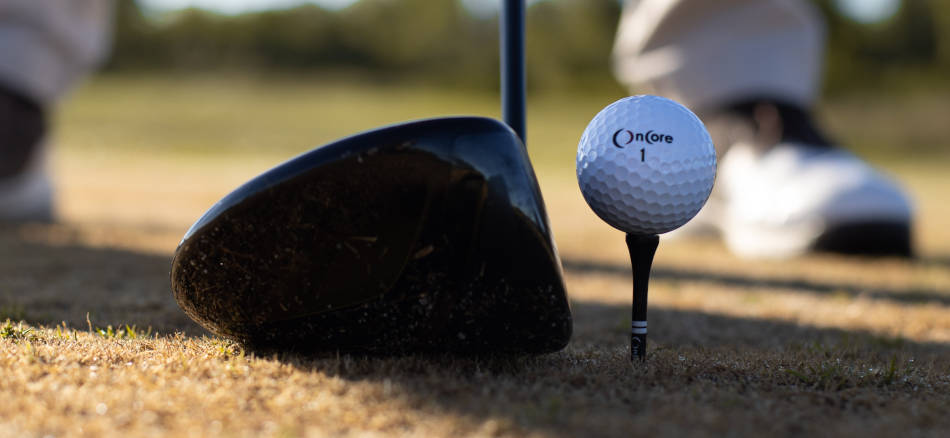
You’ve probably experienced it before…or know someone who has. You buy the latest and greatest driver (you know…the one which promises you’ll hit it another 10 yards) and you feel like you are smashing it further and straighter than ever before and then suddenly…you’re not anymore.
You can see you’re not getting the same distance, forgiveness or dispersion that you were when you first bought the driver and you start to think “has my shiny new driver given up on me?!”
Yes, drivers can lose distance over time. Admittedly, that timeframe can be greatly reduced if you’re a tour pro like Bryson DeChambeau, who has the fastest swing on the PGA Tour this year at 133 miles per hour. Metal, even space age materials made for fighter jets like titanium, can suffer from fatigue and wear, and this is especially true when the manufacture process stretches it extermely thin as with a golf driver. Repeatedly hitting a golf ball, thousands of times on the thin metal face can leave it misshapen, which leads to performance issues and eventually cracking.
This is generally more of an issue for tour players though, with their high swing speeds and the extreme forces exerted on their drivers – not to mention the tens of thousands of practice shots a pro will likely hit every week.
For an average golfer, bar manufacturing defects, it will almost certainly take much, much longer to get to the point where their driver head disintegrates. You’ll probably need to be swinging the club at 105 miles per hour or more and playing or practicing most days…and that’s just not very likely for most recreational players.
If you’re somewhere in the average swing speed category with your driver (say around 90 miles per hour) than your driver will be safe for a good while longer yet!
How Long Should A Golf Driver Last?

So let’s look at some timeframes. Let’s say you’re a regualr player, member of your local club, playing in competitions and some social golf with your friends.
You play in most weather (but not the really bad weather deep in winter) and miss a few weeks for vacations each year. You’re probably playing 35-40 plus rounds each year. You also go to the range maybe once every week or two.
You’re probably going to be able to get at least 5 years, if not more, out of any newer driver that you take good care of (so don’t go chucking it into the trunk of your car and damaging it!)
Statistically, most golfers tend to replace their drivers every 3-5 years (those tv ads the big equipment companies run aren’t just for fun!) so you’ll almost certainly be buying a new one before you’ve had a chance to wear your current one out.
That being said, there is always the chance you have a gotten a defective driver that’s sneaked it’s way past quality control. If you think that might be the case there’s a simple test you can do to check. All you need is a normal credit card/store card. Place it flat against the face of your driver.
Driver faces are convex, meaning they bulge outwards. So you should be able to see a gap between either end of the card while it’s touching the center of the clubface. I’ve taken a picture of my driver here so you can see what I mean.
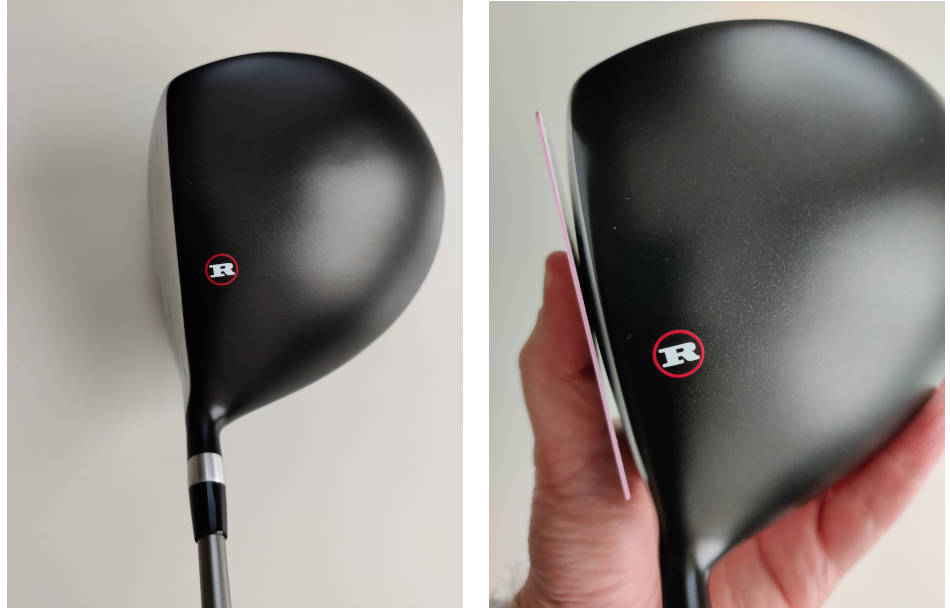
In this case the driver face hasn’t started to collapse and I’m still able to hit bombs with it…occasionally.
(Incidentally, this is a really great driver for a beginner/slicer – it’s a Ram 12.5 degree with a lot of offset so helps you by giving you a bit more time to square the face to the ball in your downswing. The extra loft helps you get the ball into the air as well).
Some players worry that the shaft on their driver might fail. This is really very unlikely. Some golfers will tell you that the flexibility in the shaft will change over time but that isn’t really a thing with modern clubs.
You may occasionally see some bag wear on a shaft (where part of the paint has rubbed away) but a graphite shaft won’t get weaker…if it fails it will be instantaneous and you’ll know because the head of your driver will be sailing down the fairway!
It is pretty certain though that any drop off in performance with your driver the shaft will not be what’s at fault.
One of the posters on Golf WRX had this to say:
Hard to generalize but it has been said around here (there have been threads before) that they are built for around 10,000 hits and after that the structure of the face deforms etc. Obviously if you are a high speed pounder of the ball they will last less long than that.
Oldplayer on the Golf WRX Forums
If you hit the ball with your driver 14 times per round and hit say, 50 drives at the range per week that’s 64 shots per week. For someone playing every week that’s a little over 3 years of life in each driver!
All of the sudden, I would hit the ball and it just wouldn’t go anywhere. Especially when I felt I had nailed it. I put the head in some soapy water. Guess what? Little trail of bubbles coming out from the outside end of the head.
Orlimar1 on the Golf WRX Forums
The above is a really interesting quote, it might be something for you to try at home to see if there’s an actual manufacturing defect with your driver. If there is then you may be able to get it repaired or replaced.
Will The Shaft Wear Out?
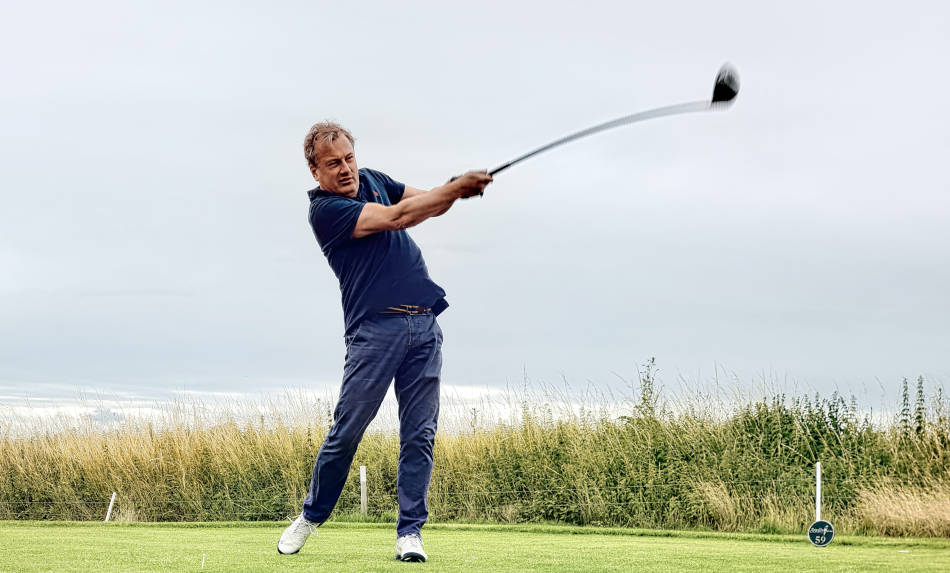
As stated above, there’s no real test to see if the shaft on the club is starting to lose flexibility because that’s not really a thing. When a grpahite shaft gives up and fails, it does so completely.
You’ll be left holding the grip while the head of the club will be accelerating off down the fairway if you’re lucky (if you’re unlucky your playing partners will be diving for cover…)
Even older drivers with steel shafts won’t really have this problem.
Again, Bryson De Chambeau is the only person I’ve seen recently who is capable of the swing speed required to do any damage to a shaft.
In fact, the biggest danger to the driver shaft is you getting annoyed and wrapping it around a tree!
Why Am I Losing Distance With My Driver?
Normally, there’s two things people will try and blame when their shiny new driver stops working as well as it did in their fitting.
- The drop off in “pop” in the clubface: each driver face is deliberately made as thin as possible to increase the COR (coefficient of restitution), which is just a fancy way of saying that the face is engineered to be springy, much a like a trampoline.
- The flexibility of the shaft changing (either getting stiffer or more flexible) due to excessive/over use…honestly, this makes zero sense but since I’ve mentioned it I better cover it!
A lot of the time golfers will think this because they’ve seen a tour pro destroy a driver on tv or because a friend of a friend had the face of his cave in after a booming drive (no one was ever actually there though).
This may occasioanlly happen but remember, as much as you want to think you’re like Tiger…you’re really not (otherwise you wouldn’t be reading this, you’d be out playing on tour). For average golfers the chance of you swinging a club fast enough to physically damage it is very limited. For tour pros, it’s a bit different.
Tour pros will spend all day every day hitting balls, either on the range or golf simulators etc. They hit thousands of balls and therefore their clubs will have a much greater failure rate due to the extreme amount of use they get.
Remember, a tour pro is normally swinging a driver at 115 miles per hour and up (130mph in the case of Bryson). We’re not, most average players are less than 100 miles per hour.
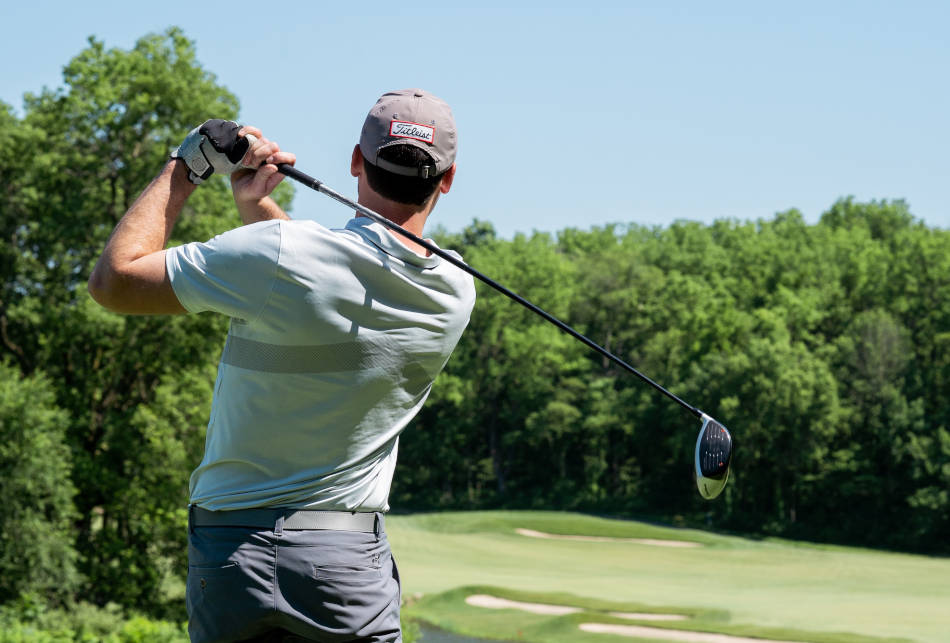
That means that not only are they hitting the ball more frequesntly than you or I but on each strike they’re delivering much more force. Finally, they also hit it out of the same point on the driver face time after time. Whereas me and you…well let’s just say we’re not quite as accurate!
The bottom line is, we use or clubs less often, with less force and with less consistency of strike. Tour pros will consequently wear a club out much faster than me or you.
So, you might be asking, if my club isn’t losing performance and costing me yards then why am I not hitting it as well as I was before?
As annoying as it is, what you’re likely suffering from is the “halo effect“. This is where you had such a good impression when you bought the driver (from the nice salesperson, the fancy shop, the fitting session) that those good vibes spilled over onto the course and made you think you were driving the ball much better than you actually were.
So many of us don’t bother to consistenly collect shot data that it’s hard for us to tell if we’re actually improving, getting worse or most likely, staying the same in all of our key metrics.
At the start, with you’re fancy new club you’re confident and that confidence let’s you put a better swing on the ball – we’ve all been in that zone where we just know we’re going to smoke a drive down the middle of the fairway.
But over time that “shiny new object” effect wears off. All the old doubts start creeping back in. Suddenly, the last thought before you hit the ball is “don’t smash it out of bounds”! So what happens…you smash it out of bounds!
The comforting thing is that this happens to even the pros (see how many of them have had the “yips” over the years!)
Our confidence and expectation of how well we’re going to play has a huge bearing on how well we end up playing. It’s very much a chicken and egg situation. That means the best way to play well is to be confident of playing well.
The best way to build that confidence? Practice and good coaching. There’s a number of great online programs that can review your swing and give you a whole practice plan. I’d highly suggest checking out one ofmy recommendations here.
In the end, next time you’re out on the course and thinking that your driver just isn’t what it used to be, assuming you’ve not got one with an obviously cracked head…it’s almost certainly down to the quality of swing you’re delivering to the ball.
Happy golfing!
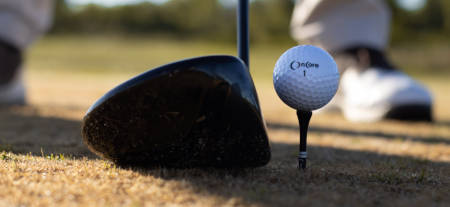
Thank you for this article! I never thought it was actually my driver, mainly because I’ve lost distance on ALL of them! LOL
I’ve had several surgeries (back, Knee, etc.) and my ability to swing with my normal speed has diminished. Is there a club(s) out there that can help me get more yardage with my diminished ability??
Hi, thanks for the comment. I’d say it depends – if you’ve lost speed with your current driver you might want to look for something that gives you a bit more help – usually in the form of more loft to help you pick up that carry. Look for any drivers specifically designed to help you get the ball into the air e.g. Taylormade SIM/Stealth Max at higher loft settings. Might also be worth checking if a different shaft would help, something with a bit more flex!